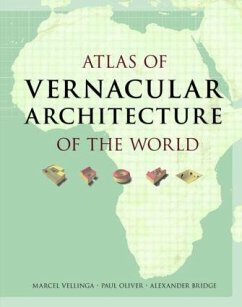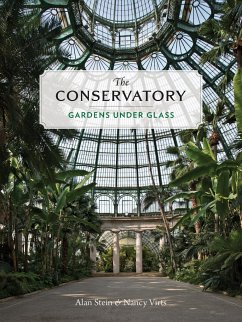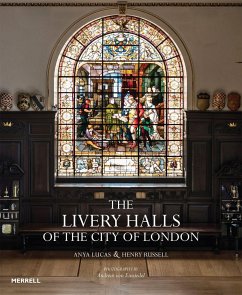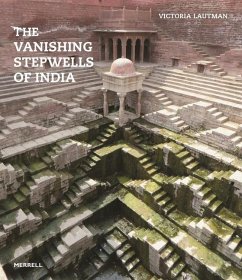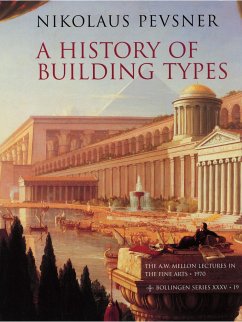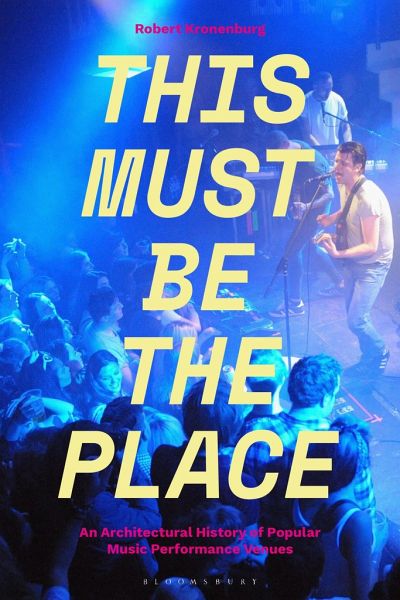
This Must Be the Place
An Architectural History of Popular Music Performance Venues
Versandkostenfrei!
Versandfertig in 2-4 Wochen
38,99 €
inkl. MwSt.
Weitere Ausgaben:

PAYBACK Punkte
19 °P sammeln!
This Must Be The Place is the first architectural history of popular music performance space, describing its beginnings, its different typologies, and its development into a distinctive genre of building design. It examines the design and form of popular music architecture and charts how it has been developed in ad-hoc ways by non-professionals such as building owners, promoters, and the musicians themselves as well as professionally by architects, designers, and construction specialists. With a primary focus on Europe and North America (and excursions to Australia, the Far East and South Amer...
This Must Be The Place is the first architectural history of popular music performance space, describing its beginnings, its different typologies, and its development into a distinctive genre of building design. It examines the design and form of popular music architecture and charts how it has been developed in ad-hoc ways by non-professionals such as building owners, promoters, and the musicians themselves as well as professionally by architects, designers, and construction specialists. With a primary focus on Europe and North America (and excursions to Australia, the Far East and South America), it explores audience experience and how venues have influenced the development of different musical scenes. From music halls and Vaudeville in the 1800s, via the seminal clubs and theatres of the 20th century, to the large-scale multi-million-dollar arena concerts of today, this book explores the impact that the use of private and public space for performance has on our cities' urban identity, and, to a lesser extent, how rural space is perceived and used. Like architecture, popular music is neither static nor standardized; it continuously develops and has multiple strands. This Must Be The Place describes the factors that have determined the development of music venue architecture, focusing on both famous and less well-known examples from the smallest bar room music space to the largest stadium-filling rock set.




